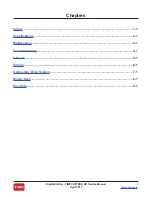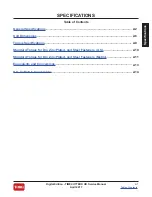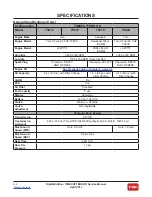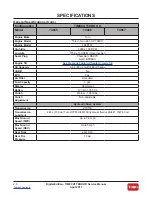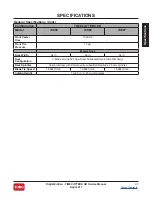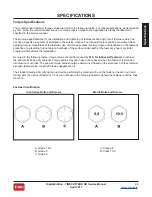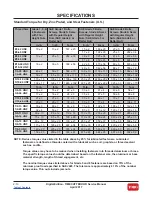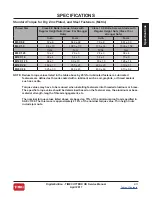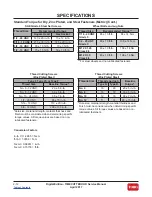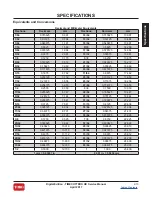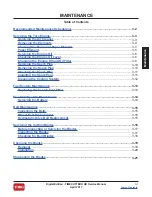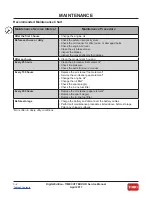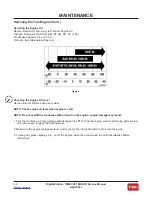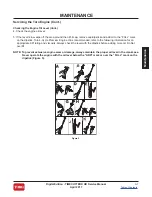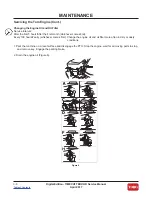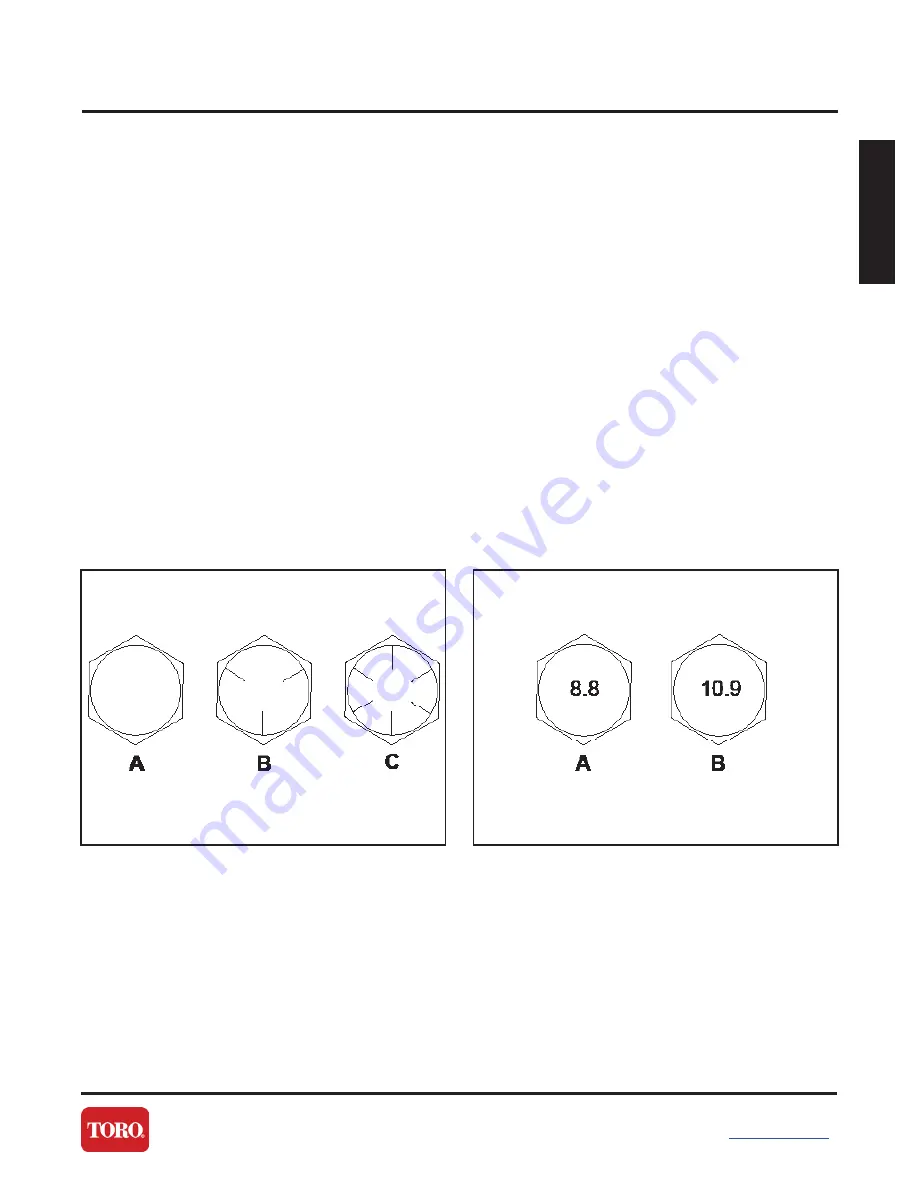
2-9
Digital Edition - TIMECUTTER® HD Service Manual
April 2017
SPECIFICATIONS
Specifications
Torque Specifications
The recommended fastener torque values are listed in the following tables. For critical applications, as determined
by Toro, either the recommended torque or a torque that is unique to the application is clearly identified and
specified in the service manual.
These torque specifications for the installation and tightening of fasteners shall apply for all fasteners which do
not have a specific requirement identified in the service manual. The following factors shall be considered when
applying torque: cleanliness of the fastener, use of a thread sealant (Loctite), degree of lubrication on the fastener,
presence of a prevailing torque feature, hardness of the surface underneath of the fastener’s head, or similar
condition which affects the installation.
As noted in the following tables, torque values should be reduced by
25% for lubricated fasteners
to achieve
the similar stress as a dry fastener. Torque values may also have to be reduced when the fastener is threaded
into aluminum or brass. The specific torque value should be determined based on the aluminum or brass material
strength, fastener size, length of thread engagement, etc.
The standard method of verifying torque shall be performed by marking a line on the fastener (head or nut) and
mating part, then back off fastener 1/4 of a turn. Measure the torque required to tighten the fastener until the lines
match up.
Fastener Identification
Inch Series Bolts and Screws
Metric Bolts and Screws
A. Grade 1 & 2
B. Grade 5
C. Grade 8
A. Class 8.8
B. Class 10.9




